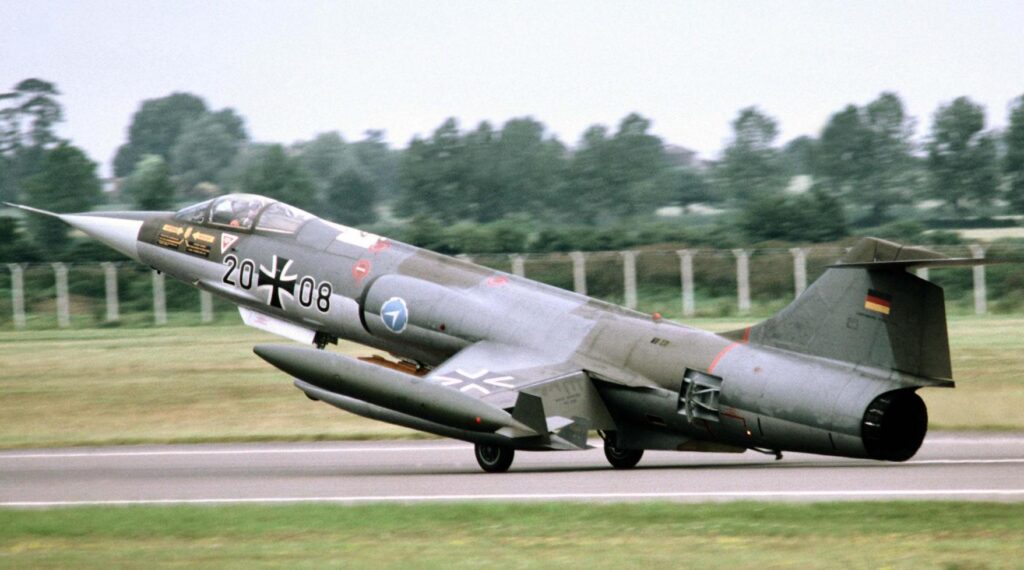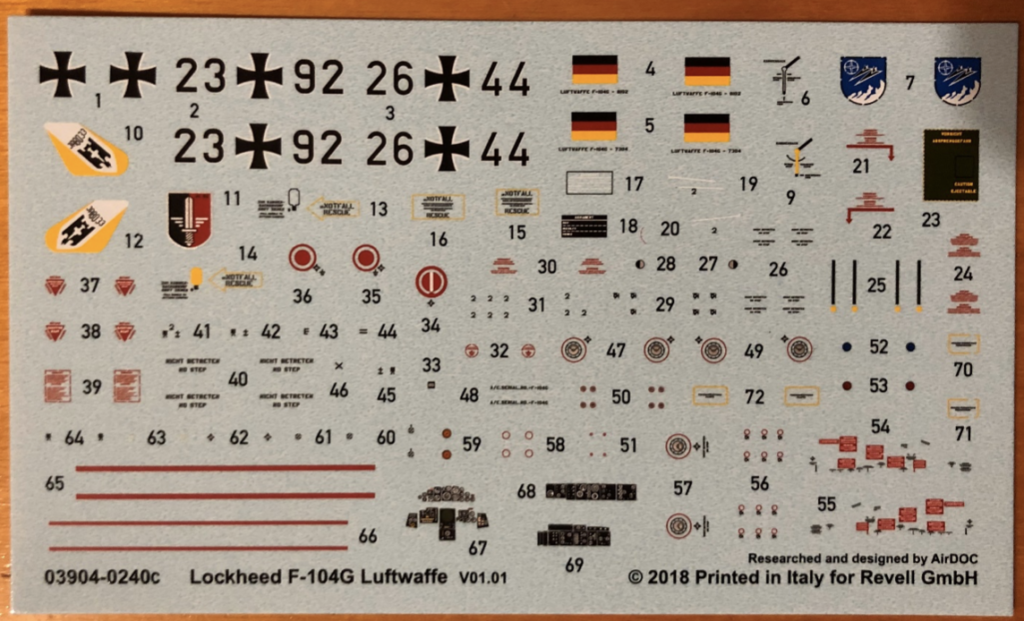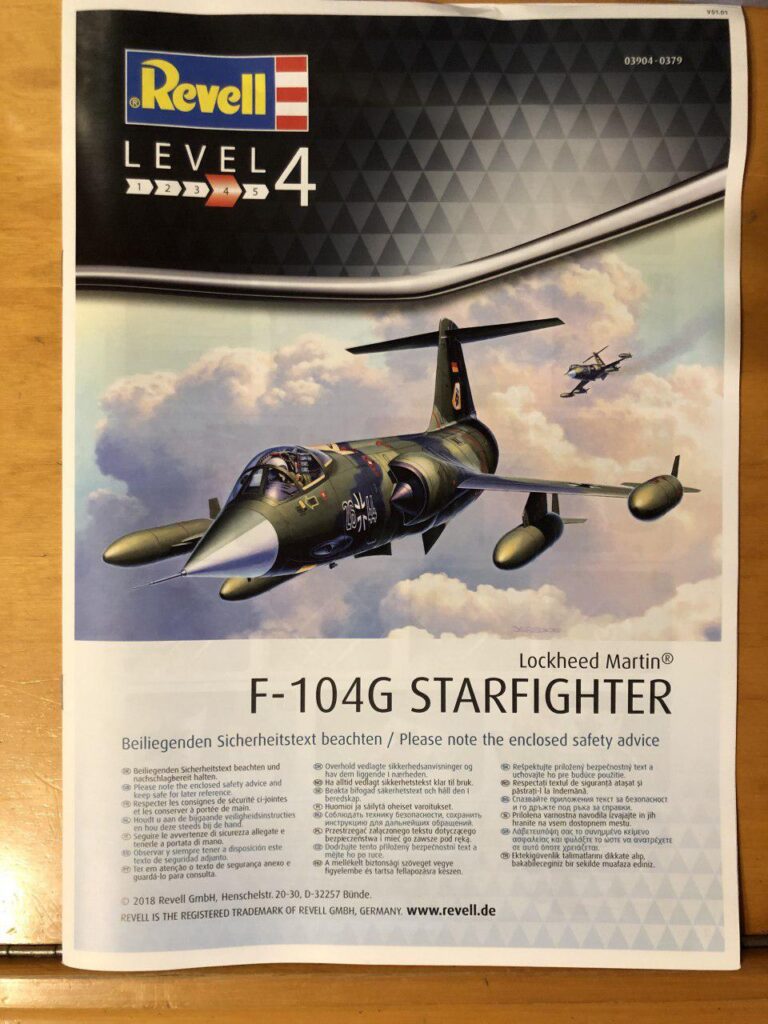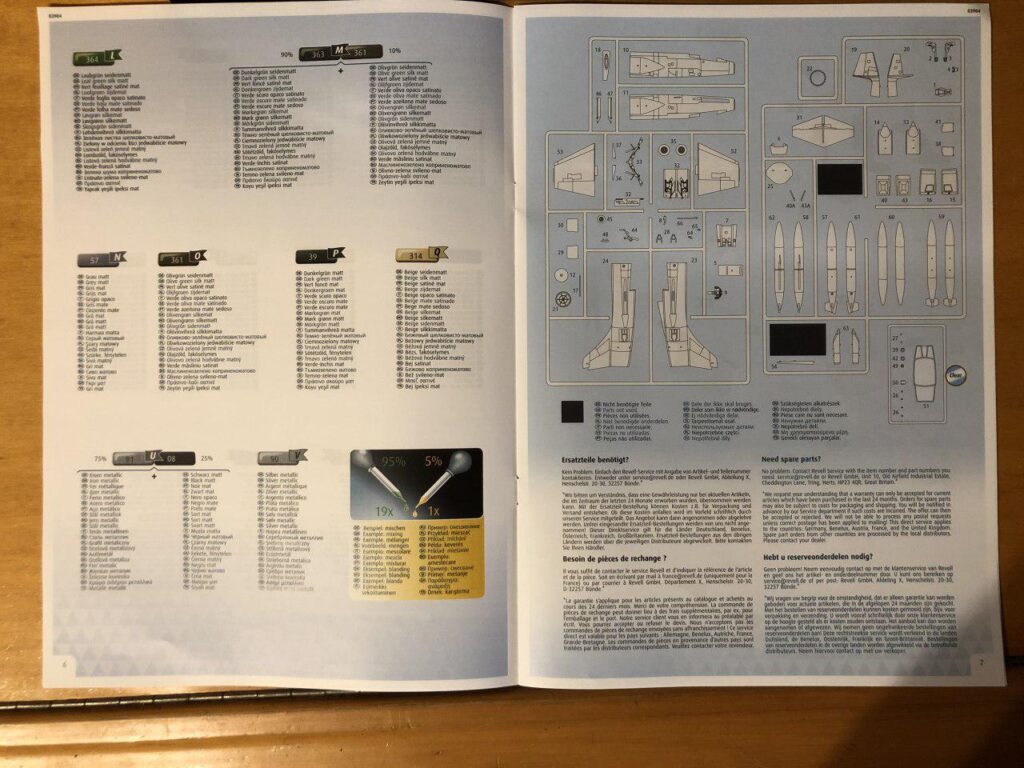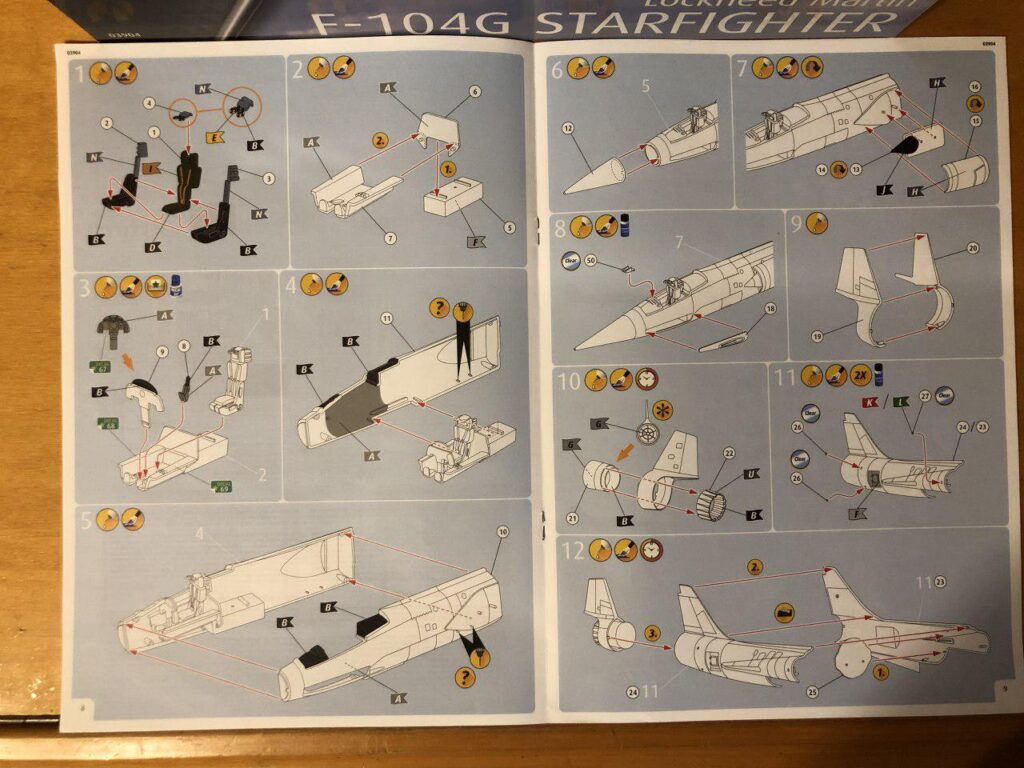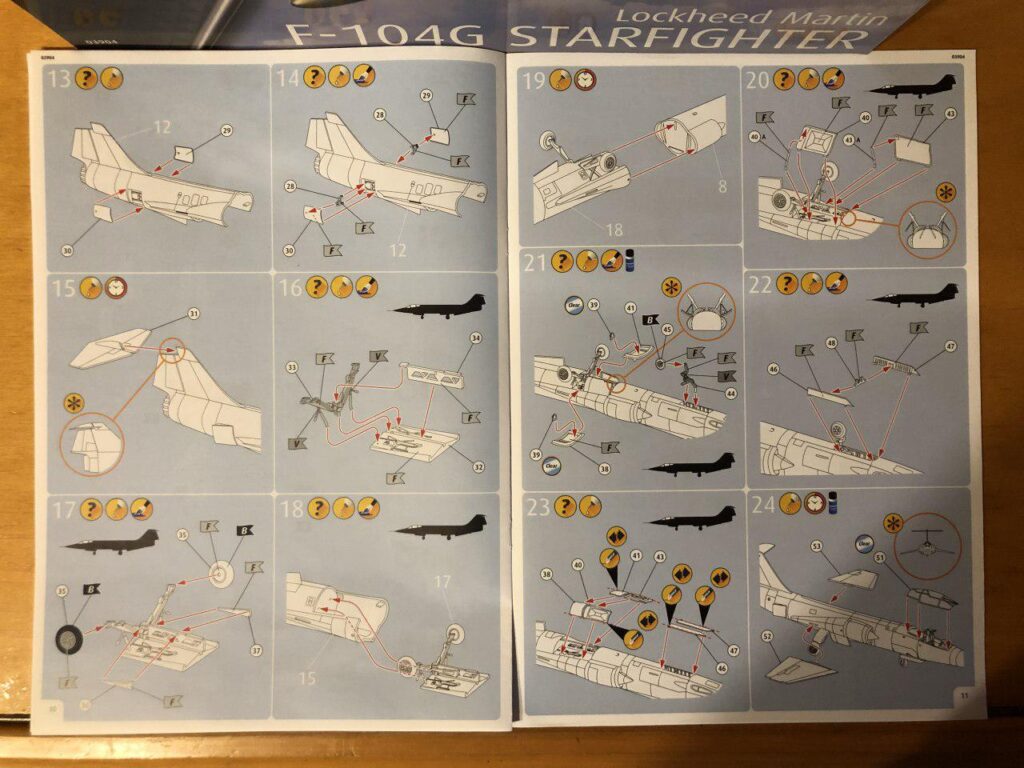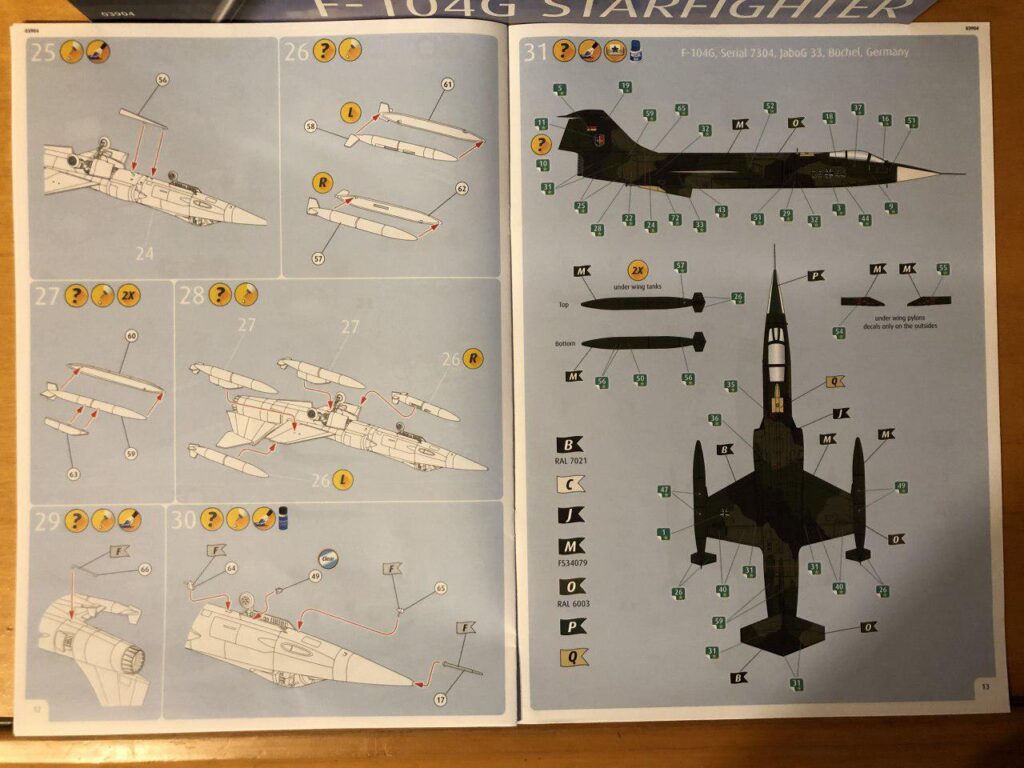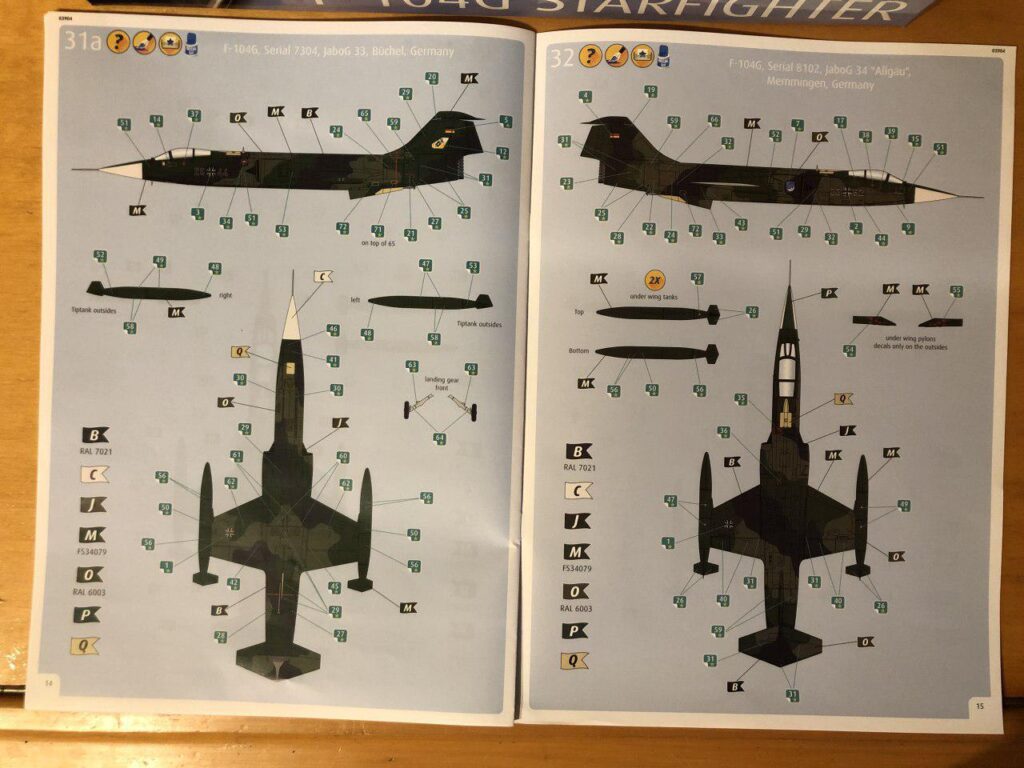El Lockheed F-104 Starfighter fue un caza interceptor, supersónico, monomotor de alto rendimiento, desarrollado originalmente para la Fuerza Aérea de los Estados Unidos (USAF) por la compañía Lockheed, y después también fabricado en otros países bajo licencia. Sirvió con la USAF desde 1958 hasta 1969, y continuó en servicio con unidades de la Guardia Nacional Aérea hasta que fue retirado en 1975. La NASA también operó con una pequeña flota mixta de distintas versiones del F-104 para pruebas de vuelo supersónico y programas de vuelo espacial hasta 1994.
Los F-104C de la Fuerza Aérea de los Estados Unidos entraron en combate durante la Guerra de Vietnam, y Pakistán desplegó sus F-104A brevemente durante las guerras indo-pakistaníes. Los F-104 de la Fuerza Aérea de la República de China (Taiwán) se enfrentaron a aviones de la Fuerza Aérea del Ejército Popular de Liberación (China) sobre la isla en disputa de Kinmen.
Una serie de modificaciones originaron la versión F-104G, que ganó una competición de la OTAN para un nuevo cazabombardero. También se fabricaron varias versiones biplaza de entrenamiento, siendo la versión más numerosa el TF-104G. La última versión desarrollada del caza básico F-104 fue el interceptor todo tiempo F-104S producido por Aeritalia para la Aeronáutica Militar Italiana, equipado con misiles guiados por radar AIM-7 Sparrow. Finalmente se fabricaron un total de 2578 Starfighter, principalmente por miembros de la OTAN. El F-104 sirvió con las fuerzas aéreas de unas quince naciones. Su vida operacional concluyó con su retirada en Italia en mayo de 2004, unos 46 años después de su introducción en 1958 en la Fuerza Aérea de los Estados Unidos.
Por su alta tasa de siniestralidad, causada en la mayoría de los casos por fallos en su único reactor, su pequeña envergadura, la posición de sus mandos y los fallos en el asiento eyectable, entre otros; causó una mala imagen del avión ante el público general, especialmente en servicio con la Luftwaffe alemana, e hizo que el avión recibiera apodos como «El ataúd volante» o «El creador de viudas». Posteriormente los escándalos de sobornos de Lockheed en torno a los contratos originales de compra causaron una considerable controversia política en Europa y Japón.
The Lockheed F-104 Starfighter was a high-performance, supersonic, single-engine interceptor fighter, originally developed for the United States Air Force (USAF) by the Lockheed company, and then also manufactured in other licensed countries. He served with the USAF from 1958 to 1969, and continued in service with Air National Guard units until he was retired in 1975. NASA also operated with a small mixed fleet of different versions of the F-104 for supersonic flight tests and programs of space flight until 1994. The F-104C of the United States Air Force went into combat during the Vietnam War, and Pakistan deployed its F-104A briefly during the Indo-Pakistani wars. The F-104 of the Air Force of the Republic of China (Taiwan) faced planes of the Air Force of the People’s Liberation Army (China) over the disputed island of Kinmen. A series of modifications originated the F-104G version, which won a NATO competition for a new fighter bomber. Several two-seater training versions were also manufactured, the most numerous version being the TF-104G. The last developed version of the F-104 basic fighter was the F-104S all-time interceptor produced by Aeritalia for the Italian Military Aeronautics, equipped with AIM-7 Sparrow radar-guided missiles. Finally, a total of 2578 Starfighter were manufactured, mainly by NATO members. The F-104 served with the air forces of about fifteen nations. Its operational life concluded with its withdrawal in Italy in May 2004, about 46 years after its introduction in 1958 in the United States Air Force. Due to its high accident rate, caused in most cases by failures in its single reactor, its small size, the position of its controls and failures in the ejection seat, among others; caused a bad image of the plane to the general public, especially in service with the German Luftwaffe, and caused the plane to receive nicknames such as “The flying coffin” or “The creator of widows.” Subsequently, Lockheed’s bribery scandals around the original purchase contracts caused considerable political controversy in Europe and Japan
FUENTE: http://www.916-starfighter.de/916starfighter/wallpaper/wp_20+08 F-104G 1987 PM.jpg
La maqueta:
La maqueta de REVELL a 1/72 del F-104G STARFIGTHER, está realizada en plástico de calidad media, encontrándose bien detallada exteriormente, aunque las líneas son casi superficiales. En las partes interiores del avión hay partes que se ha detallado y otras no. Las piezas se encuentran distribuidas en dos grapas, más otra de transparentes, en los cuales no se observan ni líneas ni rebabas plásticas, pero a su vez poco marcadas.
Da opción de una única versión / variante del avión: F-104G.
The model:
The REVELL model at 1/72 of the F-104G STARFIGTHER, is made of medium quality plastic, being well detailed externally, although the lines are almost superficial. In the interior parts of the plane there are parts that have been detailed and others not. The pieces are distributed in two trees, plus another transparent, in which there are no lines or plastic burrs, but in turn little marked.
It gives the option of a single version / variant of the aircraft: F-104G.
Las calcas están impresas por REVELL y aparentemente son de calidad y bien definidas, dando opción de realizar el modelo en dos alas diferentes de la Luftwaffe:
Serial 7304 Jabog 33, Buchel, Germany
Serial 8102 Jabog 34, Memmingen, Germany
The decals are printed by REVELL and apparently are of quality and well defined, giving the option to make the model on two different wings of the Luftwaffe: Serial 7304 Jabog 33, Buchel, Germany Serial 8102 Jabog 34, Memmingen, Germany
Las instrucciones:
Las instrucciones vienen ilustradas a color y resultan claras repartidas en dieciséis hojas, encontrándose en ella las cuatro con las opciones de calcas y pintura. Además, figuran los seriales de las pinturas necesarias en varios idiomas. Vienen grapadas en forma de cuadernillo y no presentan problemas de comprensión.
The instructions:
The instructions are illustrated in color and are clear spread over sixteen sheets, the four being found with the options of decals and paint. In addition, there are the serials of the necessary paintings in several languages. They are stapled in the form of a booklet and do not present problems of understanding.
Extras, complementos:
No trae ningún extra ni complemento como fotograbados.
Conclusiones y valoración final:
Aparentemente la maqueta se ha realizado en plástico de calidad media, estando todas las piezas bien ancladas a sus grapas.
No se observan rebabas ni rebajes (taras) y las piezas encajan casi a la perfección, aunque a la hora del montaje casi seguro que habrá que aplicar algo de masilla para eliminar los mínimos escalones de las uniones.
Como se ha dicho anteriormente, el nivel de detalle en los paneles exteriores es bueno, aunque algo débil por lo que habrá que repasar las líneas de paneles, incluyéndose alguna pieza interior algo detallada.
La relación calidad precio es muy buena.
Extras, complements:
It does not bring any extra or complement as photoetchs.
Conclusions and final assessment:
Apparently the model has been made of medium quality plastic, all the pieces being well anchored to their trees.
No burrs or recesses (tares) are observed and the pieces fit almost perfectly, although at the time of assembly it will almost certainly be necessary to apply some putty to eliminate the minimum steps of the joints.
As mentioned earlier, the level of detail in the exterior panels is good, although somewhat weak, so the lines of the panels will have to be reviewed, including some somewhat detailed interior piece.
The value for money is very good.
VALORACIÓN REALIZADA POR @Criadus


